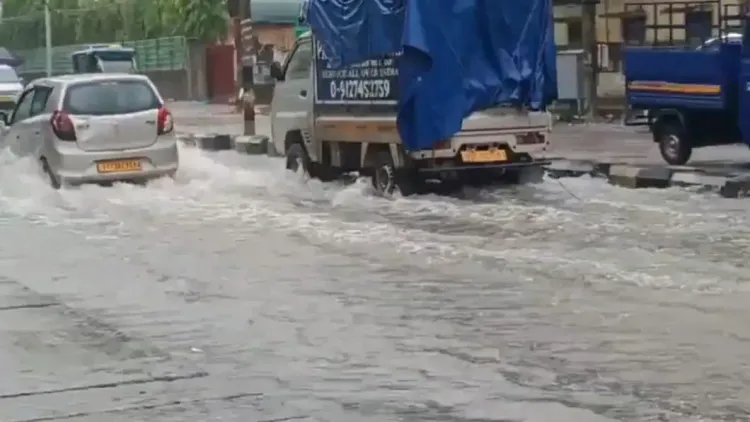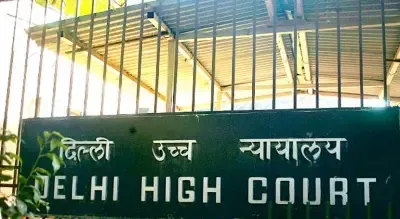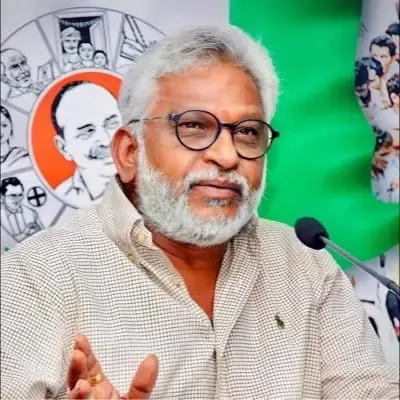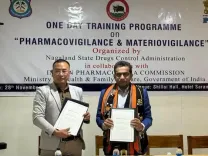What Caused the Catastrophic Floods in Gujarat?

Synopsis
Key Takeaways
- Gujarat faced catastrophic flooding due to relentless monsoon rains.
- Seven lives were lost, prompting extensive rescue operations.
- Emergency shelters and medical assistance are being provided to affected residents.
- Local communities are actively involved in recovery efforts.
- The need for enhanced disaster preparedness is more critical than ever.
Ahmedabad, June 19 (NationPress) The early monsoon in Gujarat has spiraled into a disaster as relentless rains have caused flash floods, building collapses, mass evacuations, and tragic loss of life in various districts. Heavy rainfall occurred on June 16, 17, and 18, claiming the lives of seven family members in Botad, while over 100 individuals have been rescued from diverse flood-affected areas.
In the Bhavnagar district, villages in the Bhal region remain inundated days after the severe downpour.
Extensive stretches of land continue to be waterlogged. On June 18, the Bhavnagar Fire Department executed a high-risk rescue mission near Kamlej village, saving 58 people — including 10 women and 9 children — who were trapped in floodwaters up to two kilometers from the nearest accessible point. Firefighters utilized a boat engine to navigate through the rapid waters, bringing stranded residents to safety. The calamity also affected livestock.
Over 400 cattle were rescued and relocated to safer ground. Meanwhile, in villages like Devaliya, Paliyad, and Sanes, local residents employed JCB machinery to drain water and restore essential services such as electricity and sanitation.
Despite a pause in rainfall across nine talukas, the Gujarat Meteorological Department has maintained rain alerts, cautioning about further rainfall in isolated pockets.
Tragedy struck in the Botad district where the bodies of seven individuals were found after their eco-car was swept away by flash floods near Lathidad village. The vehicle, carrying nine passengers, attempted to traverse a dangerously flooded area. Only two survivors, identified as Priyankbhai and Yashwant, were rescued. The deceased included six women and one man, discovered during an extensive search operation.
In the Gadhada taluka, 22 individuals were trapped in Pipaliya village due to swollen riverbanks. A swift joint rescue mission, led by the NDRF and Botad district authorities, ensured that all were evacuated safely. The administration has arranged temporary shelters, food, drinking water, and medical assistance for the displaced.
In Surendranagar, the Dholidhaja Dam overflowed, releasing significant quantities of water into the Bhogavo river, breaching its banks near Wadhwan town. Over 40 residents from low-lying areas were evacuated to a government-run school for shelter. Authorities have warned residents to avoid small bridges, canals, and causeways due to dangerously swift water currents, urging them to secure valuables and essential items from flood-prone homes.
Despite the gloomy weather, Bhavnagar has witnessed a rise in temperatures, with the maximum climbing by 3.5 degrees Celsius to 32.7 degrees, while humidity levels remain high. This sudden heatwave, coupled with stagnant floodwaters, has raised alarms about post-flood health risks, including waterborne diseases.
The coordinated response from district authorities to local volunteers has mitigated more extensive disasters. However, the events of the past days highlight the vulnerabilities of rural infrastructure, delayed early warning systems, and the pressing need for comprehensive monsoon preparedness in at-risk districts.









